Shannon Walsh’s feature documentary Adrianne and the Castle (2024) is a difficult piece to appreciate. It focuses on mascot-making business owner Alan St George, and on his deceased wife of 30 years Adrianne. He seems a relatively quiet, low-key sort of guy. She lived her life as one large over-the-top performance.
When they married, Alan bought them a big mansion. Adrianne didn’t want a mansion; she wanted a castle. So, with love and duty, Alan converted the mansion into a castle. She wanted to reimagine its interior as a work of art, and together they did exactly that. The castle was decorated with all manner of baroque and fairy tale-themed decorations and furnishings, layered silk ceilings, elaborate chandeliers and self-portrait frescoes. Together they created magic shows, wrote books of poetry to give to their friends, and even endlessly videotaped performances and costume displays. Now, some years after Adrianne’s death from congestive heart failure, Alan lives alone in their fantasy abode. He is still painting murals on the walls, continuing to complete Adrianne’s dream long after she was gone.
Walsh has come to St George with two actors in order to re-present moments from his and Adrianne’s courtship and romance. There is clearly an good intention at the film’s heart. There is a visible intention to direct something about grieving and loss, and memory, and the purpose of art. It has a noble goal, but honestly stumbles badly in the execution.
The use of actors to recreate Alan and Adrianne’s past appears a non-starter. The process appears only sporadically, and never seems to amount to anything of value. Indeed it is slightly difficult to imagine what the original intention of such sequences was: there is visibly more than enough archival footage to render it entirely unnecessary for most reasons.
Of course were one to remove such scenes, it would only make it more obvious how starved the film is for engaging content. At 30 minutes, Adrianne and the Castle might form an odd little diversion. At almost three times that length it feels achingly dull and drawn out. The surfeit of shaky, unstable VHS footage also makes it somewhat tedious to watch. Moments of genuine human emotion feel few and far between, with Walsh apparently only reaching some real moments with Alan towards the very end.
A big problem is Adrianne herself. She has died, and cannot speak for herself. What is offered up in her place are the idealised fictions of a mourning husband, and a cavalcade of not outrageously flattering home videos. It is impossible to judge the real woman from Walsh’s film, but what the viewer does see appears to do Adrianne few favours. In blunt honesty what is presented onscreen suggests those sorts of acquaintances one would actually work to avoid ever seeing – and certainly not people one would want to hang out with on social occasions. The levels of attention-seeking and pretense seem unbearable. Imagine having friends offer you a gift for Christmas, and then revealing it’s a self-published book about how much they love each other. You couldn’t even re-gift it.
Adrianne and the Castle fails to offer sufficient insight on its subjects. What is worse, it regularly presents them in a way that plays counter to its intentions. By failing to more fully interrogate the lives of the St Georges it holds them up as something tedious and irritating – even grotesque. I went in with open expectations and come out with 90 minutes wasted.
Adrianne and the Castle screened at the 2024 Fantasia International Film Festival. Click here for more information.
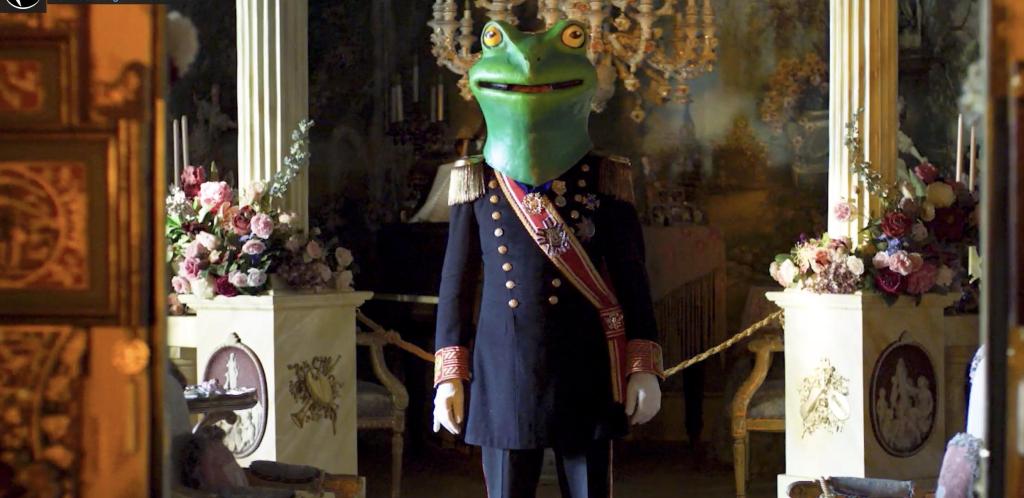
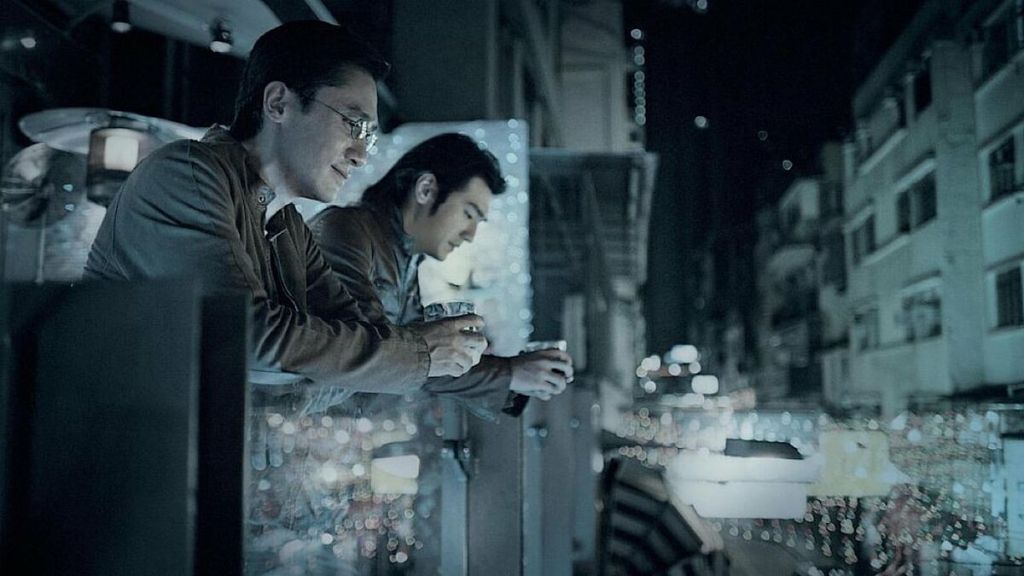
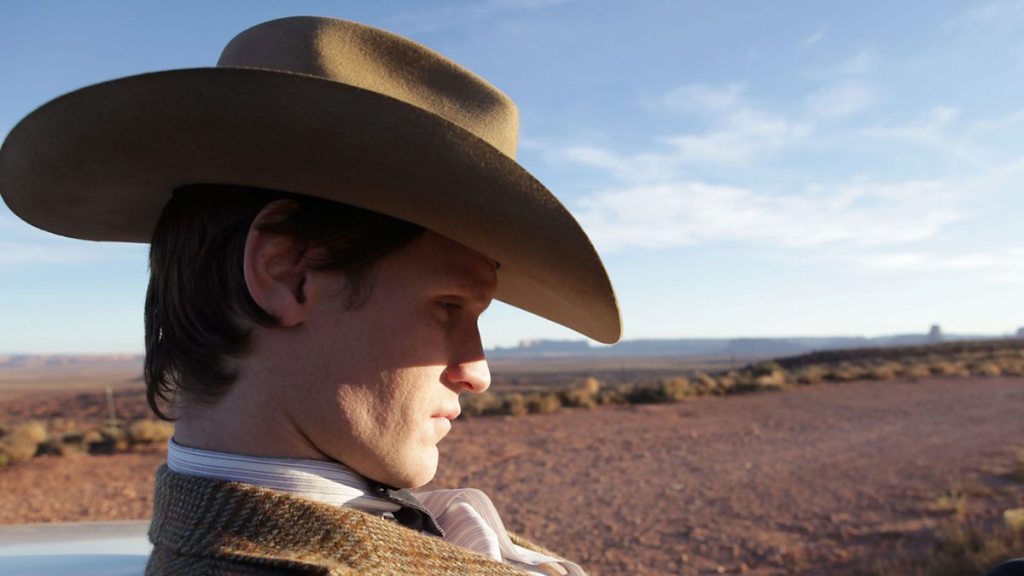
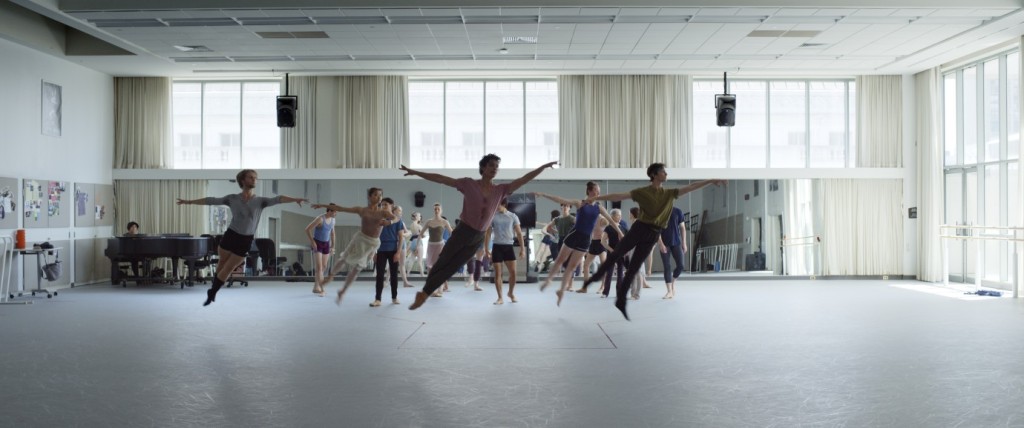
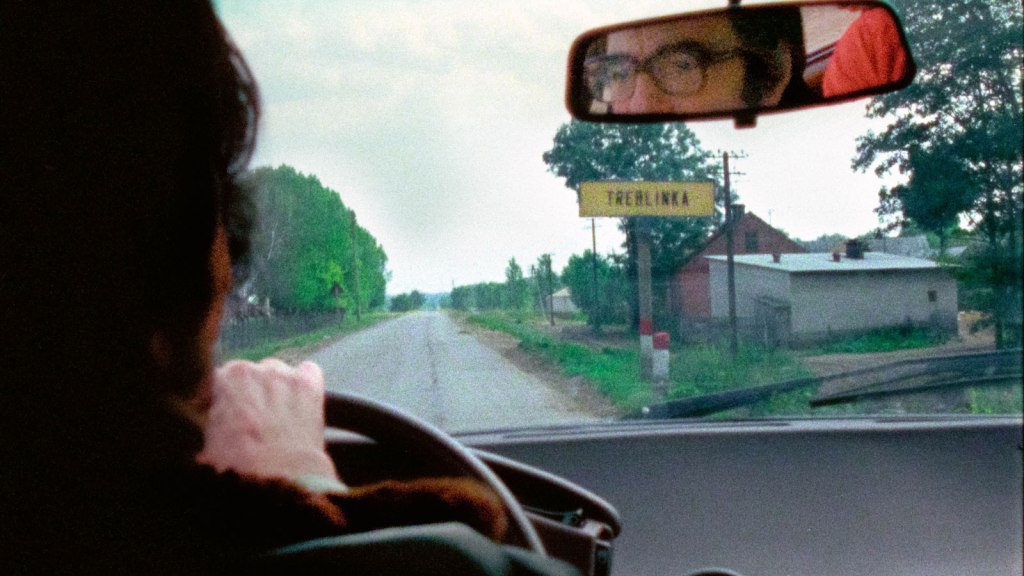
Leave a comment